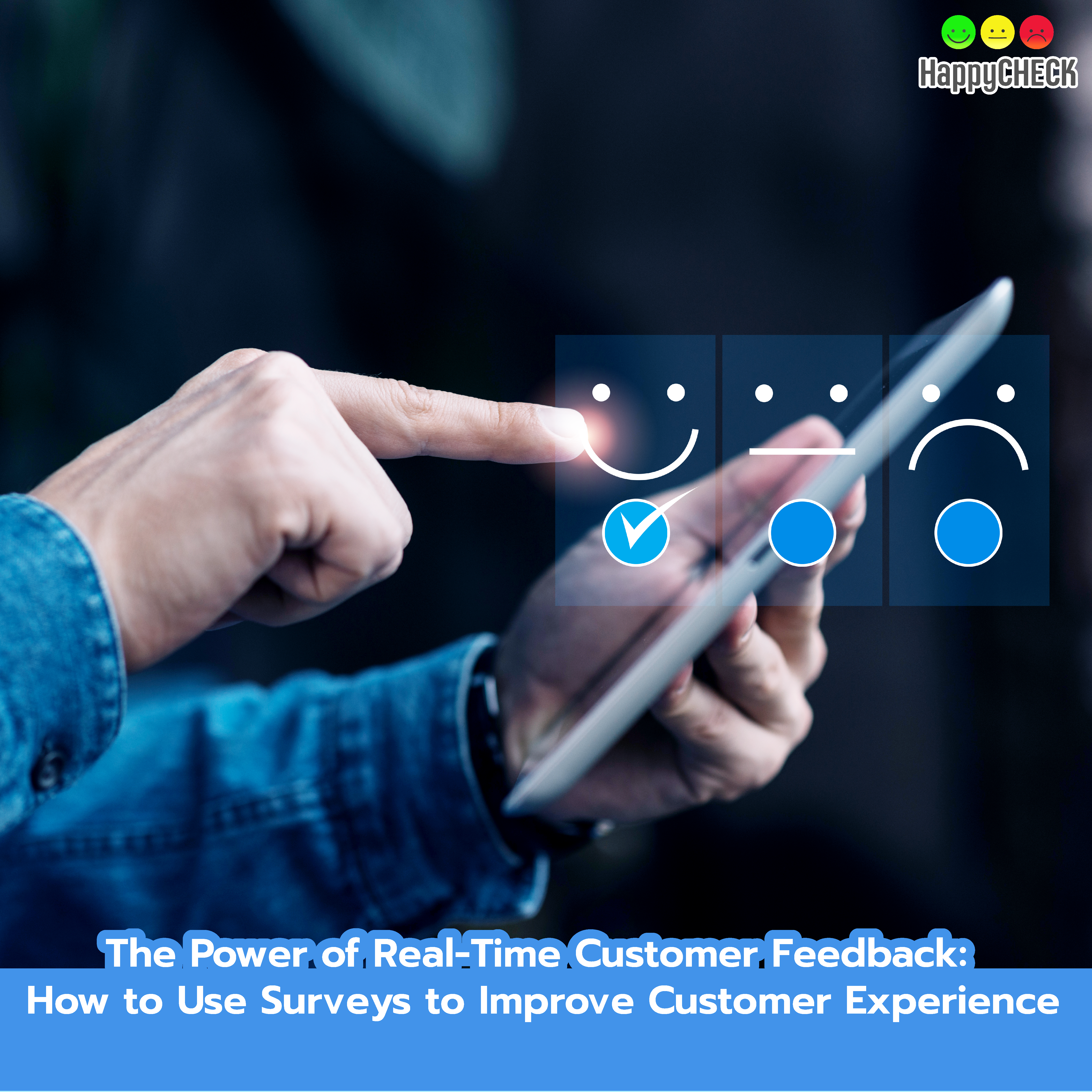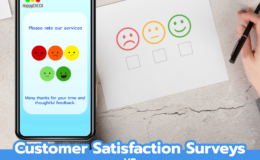Real-time client feedback is crucial for delivering a great customer experience in today’s hectic business environment. Getting consumer feedback in real-time can help you optimize your processes and increase customer loyalty, whether you run an offline business, an online store, or a service. This post will discuss how to use surveys to enhance the customer experience and the value of real-time consumer feedback.
Let’s first define what “real-time” client feedback is. This refers to feedback that is gathered and evaluated as soon after it is received, if not immediately. This includes any comments gathered throughout or right away following a customer engagement, such as a purchase or customer care call.
Real-time client feedback has many advantages, one of which is that it enables organizations to recognize and resolve problems as they arise. This helps ensure that customers leave a firm feeling satisfied and appreciated and can assist to stop bad encounters from getting worse.
Consider a scenario where a customer is experiencing problems with a product they bought from an online merchant. The consumer contacts the retailer’s customer service division, and the agent is able to promptly and effectively fix the problem. The customer is requested to take a brief survey to review their experience after the call.
The retailer can use this feedback to reinforce best practices and continue offering top-notch customer service if the survey reveals that the consumer was extremely delighted with the support they received. If the survey reveals that the client wasn’t satisfied, the merchant can act right away to fix the problem and make sure the customer is happy.
The identification of trends and patterns in consumer behavior can also be done via real-time customer feedback. For instance, if numerous consumers voice complaints about the same product, service, or element of the customer experience, this may point to a more serious problem that needs to be resolved.
Businesses can take proactive measures to address these tendencies by seeing them early before they develop into larger issues. Over time, this may help to lower customer churn and raise customer satisfaction levels.
So how can companies gather client feedback in real-time?
The use of surveys is one efficient strategy. Businesses may learn a lot about what is functioning well and what can be improved by using surveys to get client feedback soon after a customer engagement.
Here are some pointers for using surveys to gather current client feedback:
Real-time customer satisfaction surveys should be concise and narrowly focused on particular facets of the customer experience. This can involve inquiries regarding the effectiveness of the website, customer support, and the quality of the products.
2. Use a variety of survey channels: Businesses should use a variety of survey channels, such as email, social media, and in-app surveys, to reach as many people as possible.
3. Provide incentives: Companies can provide rewards like discounts or free merchandise to entice people to complete surveys.
4. Real-time results analysis: To get the most out of real-time customer feedback, companies should examine survey results right away and respond quickly to address any problems.
5. Follow up with customers: Businesses should contact customers after gathering real-time feedback to let them know that their opinions were taken into account and to address any issues that were brought up.
Businesses can obtain important insights into consumers’ wants and needs by using surveys to gather real-time client feedback. This feedback can be used to enhance goods, services, and the overall customer experience, which will ultimately result in more satisfied and devoted customers.
In conclusion, a great customer experience requires real-time consumer input. Businesses can identify and resolve problems as they arise and acquire insightful information about consumer behavior and preferences by gathering feedback when customer engagement is complete. Surveys are an excellent tool for gathering real-time consumer input, and companies who use them wisely can grow and develop their customer bases.







